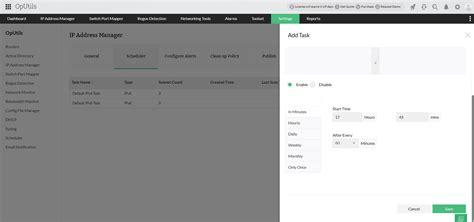3 min de lectura
How to Effectively Monitor Your Large Cryptocurrency Transactions
CRYPTOCURRENCY
How to Effectively Track Your Large Cryptocurrency Transactions
In today’s digital age, cryptocurrency transactions have become increasingly popular. With the rise of decentralized finance (DeFi) and non-fungible tokens (NFTs), individuals can now easily trade cryptocurrencies like Bitcoin, Ethereum, and others. However, one of the most significant risks associated with these large transactions is the potential for loss or theft. To mitigate this risk, it is essential to effectively track your cryptocurrency transactions. Here is a comprehensive guide on how to do this:
1. Choose the right wallet
Selecting the right wallet is the first step to tracking your large cryptocurrency transactions. Look for a wallet that offers:
- Secure and private storage: A reliable wallet should offer two-factor authentication, multi-sig support, and secure encryption.
- User-friendly interface: A user-friendly interface can make it easier to navigate and manage your funds.
- Regular Updates: Regularly update your wallet software to ensure you have the latest security patches.
2. Enable Transaction Alerts
Transaction alerts are a crucial feature that allows you to receive notifications when certain transactions occur, such as:
- Large Transaction Amount: Receive notifications when transactions exceed a specific threshold (e.g. $10,000).
- Suspicious Activity: Set up alerts for unusual or suspicious transactions, including those with large volumes or few sender/receiver addresses.
- Wallet Balance Changes: Monitor your wallet balance for any significant changes.
3. Utilize Transaction Tracking Software
Transaction tracking software is a valuable tool that helps you monitor and analyze large cryptocurrency transactions in real time. Some popular options include:
- CoinTracker
: A free and open-source transaction tracker that allows you to analyze data in real time.
- CryptoSlate: An easy-to-use platform that tracks cryptocurrency transactions and provides alerts when significant changes occur.
4. Set up transaction filtering
Transaction filtering is a useful feature that helps you identify and exclude suspicious or large transactions from your wallet dashboard. Some wallets offer built-in filtering capabilities, while others require you to create custom filters using third-party software.
5. Monitor your wallet activity
Regularly monitor your wallet activity for potential issues or security breaches. Look for:
- Slow transaction processing times: If your transactions are taking a long time to process, this could indicate a security issue.
- Wallet lockout: Be wary of wallets that require you to keep your seed phrase or passphrase for extended periods.
6. Consider using a hardware wallet
Hardware wallets, such as Trezor or Ledger, offer an additional layer of security and peace of mind when dealing with large cryptocurrency transactions. These wallets store your private keys securely on a physical device, making it difficult for hackers to access your funds.
7. Stay up to date with cryptocurrency regulations
Cryptocurrency regulations are constantly evolving, and it’s essential to stay informed about the latest guidelines and laws governing the industry. This will help you better understand how to manage large cryptocurrency transactions and minimize potential risks.
Conclusion

Monitoring your large cryptocurrency transactions is crucial in today’s digital age. By choosing the right wallet, enabling transaction alerts, utilizing transaction tracking software, setting up filtering features, monitoring wallet activity, considering hardware wallets, and staying informed about regulations, you can significantly reduce the risk of loss or theft associated with these transactions.